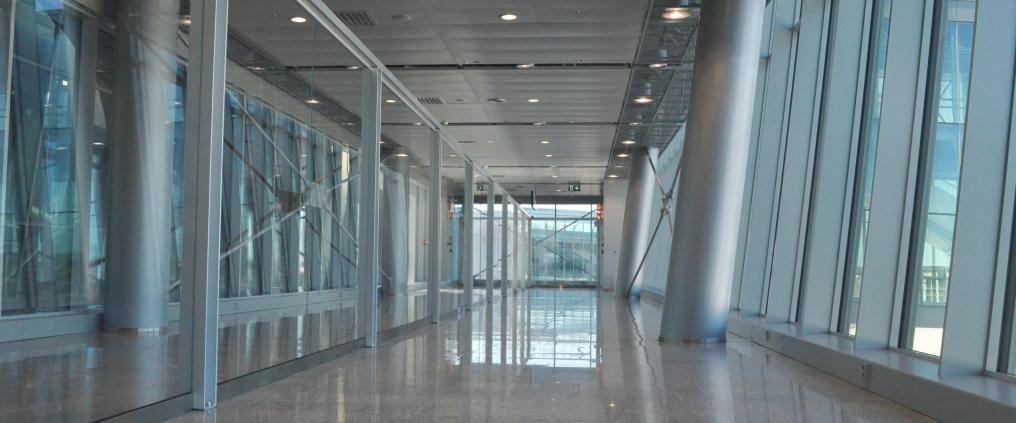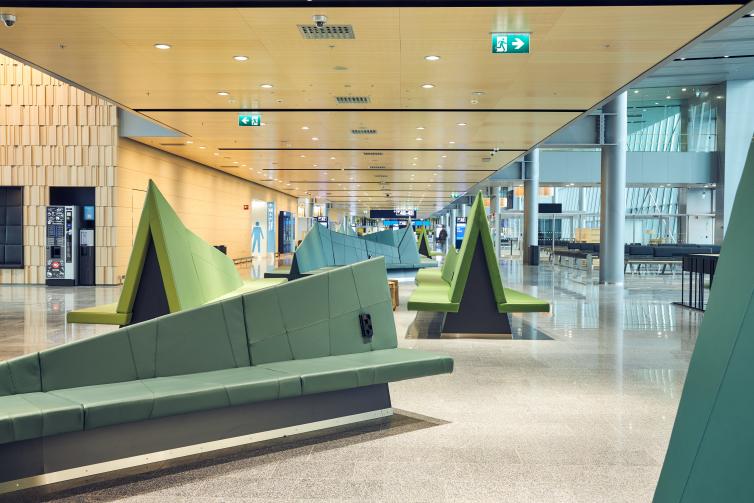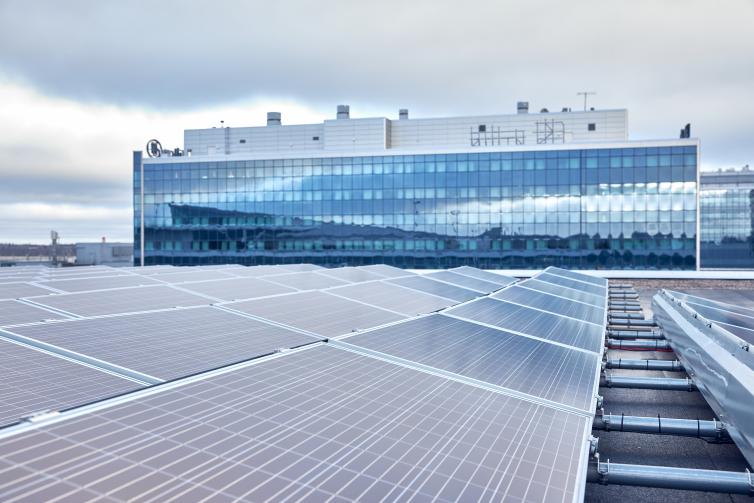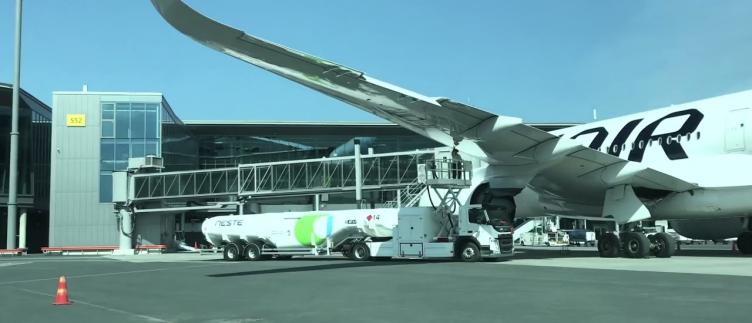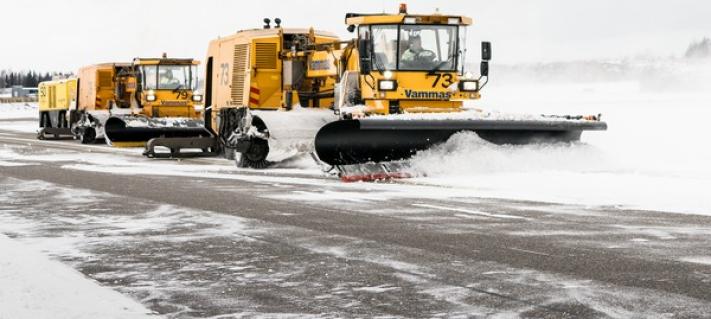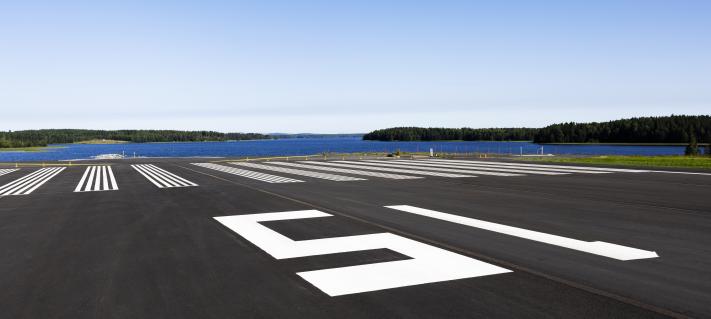“We are investing over EUR 1 billion in the expansion of Helsinki Airport, with approximately EUR 460 million of this total allocated to the development of non-Schengen traffic. We will open the new gate area 34–36 in the long-haul flight area at the beginning of September. What makes the new area special is that the gates can be used for both Schengen and non-Schengen flights. This enables us to allocate capacity as needed,” says Martti Nurminen.
The main goal of the project was to create a smoother travel experience. This goal has been achieved by building new facilities for more efficient processes. For example, new routes were built for passengers and the size of aircraft stands was increased to make it more efficient to work around parked aircraft.
The spacious and modern passenger facilities, various new services and smooth processes create a world-class airport experience for non-Schengen passengers.
“Showcasing Finnish design and expertise has been a key element of our planning and design efforts. The terminal’s attractive architecture, Finnish furniture and lighting fixtures as well as the choices of materials are examples of this. The new facilities are characterised by an atmosphere of peace and calm, which is how we want to distinguish ourselves from other international airports,” Nurminen explains.
The long-haul flight area was expanded in six stages: gate area 50 A–M was completed in 2016, the south pier in 2017, the new security control for transfer passengers and the Aukio plaza in 2019, the first part of the west pier in spring 2019 and the expansion of the luggage centre and the second part of the west pier in autumn 2019. The last stage to be completed is the gate area 37–39, which will be opened for use by passengers on 1 September 2021.
The area intended for non-Schengen flights and passengers comprises 55,000 square metres of new terminal facilities, 8 new stands for wide-body aircraft, 50 per cent more luggage capacity and 11 new retail spaces for various services, shops, cafés and restaurants. In addition, more than 300,000 square metres of the apron was renovated as part of the project.
Thousands of people employed by the project, which promoted sustainable development and an excellent passenger experience
The guiding principles behind the planning and design decisions of the entire development programme include increasing energy efficiency and reducing the emissions of airport operations. For example, Finavia installed a solar power plant on the roof of the terminal to produce renewable energy for use by the airport. Helsinki Airport was internationally certified as a carbon neutral airport in 2017.
More than 700 companies and over 8,000 people participated in the six-year project of expanding the long-haul flight area. They continued their dedicated efforts to improve Finland’s connectivity and the flight connections available to Finns even during the challenging situation created by the COVID-19 pandemic.
“Thanks to everyone involved in the project, the world is again a little bit closer to us Finns,” Nurminen says.
The south pier, which was completed in the early stages of the project, achieved international BREEAM certification, with a rating of Excellent, thanks to its sustainable design, construction, operation and maintenance. In addition, the Aukio plaza was a finalist in the More Than Human Architecture category of the Media Architecture Biennale 2020 competition.
The expansion of the long-haul flight area was designed by PES-Architects. YIT was responsible for the terminal construction project and Destia was in charge of the construction of the apron.
More information
Terminal 2 to open on 1 December 2021
Read more about the Helsinki Airport development programme
Read more about how Finavia develops its airports
